For people living with trigeminal neuralgia (TN), the pain is often described as excruciating and physically incapacitating. TN is caused by a misfiring of the trigeminal nerve, which sends branches to the forehead, cheek and lower jaw. An attack causes varying types of pain, typically in the lower face and jaw, that may range from sudden, severe, and stabbing to a more constant, aching, and burning sensation.
Trigeminal Neuralgia Symptoms
Pain of trigeminal neuralgia is first experienced along the upper or lower jaw and is classified as one of two types:
- Type I (“classic”) – Pain is a throbbing or intensely sharp, most often triggered by touching an area of the skin or specific activities. Flashes of pain are often triggered by some type of contact with the face. Brushing teeth, applying makeup, shaving, eating, talking, or being exposed to wind can all trigger an episode.
- Type II- (“atypical”) – Pain is a constant, burning sensation that can affect larger areas of the face.
What Causes Trigeminal Neuralgia to Strike?
The pain associated with trigeminal neuralgia is usually caused by contact between a healthy artery or vein and the trigeminal nerve at the base of the brain. The pressure placed on the nerve as it enters the brain caused the brain to misfire. Neurologic conditions, including tumors or multiple sclerosis (MS) can also cause trigeminal neuralgia.
TN Triggers
If you have trigeminal neuralgia, you may live in fear of the next attack. But the good news is that some attacks are caused by specific triggers. By avoiding these triggers, you may experience fewer attacks:
Touch
If this is a trigger for you, things that touch your face can be problem. Be careful when you wash your face, shave, or put on makeup. If air blowing on your face is a trigger, don’t sit near an AC vent or an open window. When you go outside on a windy day, protect your face with a loose scarf or a clear umbrella.
Mouth
Your mouth can also be a source of triggers. Brushing your teeth, eating, drinking, smiling, talking and kissing can trigger attacks. Consider eating softer foods so you don’t have to chew as much. Try drinking warm or cold drinks through a straw so you can avoid the most sensitive parts of your mouth. Consider using a regular toothbrush, not an electric one.
Movement
Certain head movements, or the vibrations caused by walking or riding in a car, can trigger an attack. Be aware of your movements so you can avoid the ones that cause problems for you.
Foods & Drink
Attacks can be triggered by certain foods and drinks. Caffeine, citrus and bananas are known triggers. If you have other known food sensitivities, avoid those food and drinks as well.
Who Does Trigeminal Neuralgia Affect?
While the disorder can occur at any age, it is most common in people over the age of 50. The disorder is more common in women than in men. There is evidence that TN runs in families. Risk factors include hypertension and multiple sclerosis (MS).
Trigeminal Neuralgia Treatments
Although trigeminal neuralgia cannot always be cured, there are treatments available to alleviate the debilitating pain. It is important to seek out an expert in trigeminal neuralgia for appropriate assessment and treatment. Physicians at The NeuroMedical Center specialize in comprehensively treating trigeminal neuralgia and all conditions affecting the brain, spine, and nervous system. Treatment options may include medicines, interventional techniques, and in some cases, surgery. If you or a loved one is living with trigeminal neuralgia pain, rely on a multi-disciplinary team of TN physicians at The NeuroMedical Center to help you manage your symptoms and return to pain-free living. Request an appointment with a trigeminal neuralgia specialist today!



